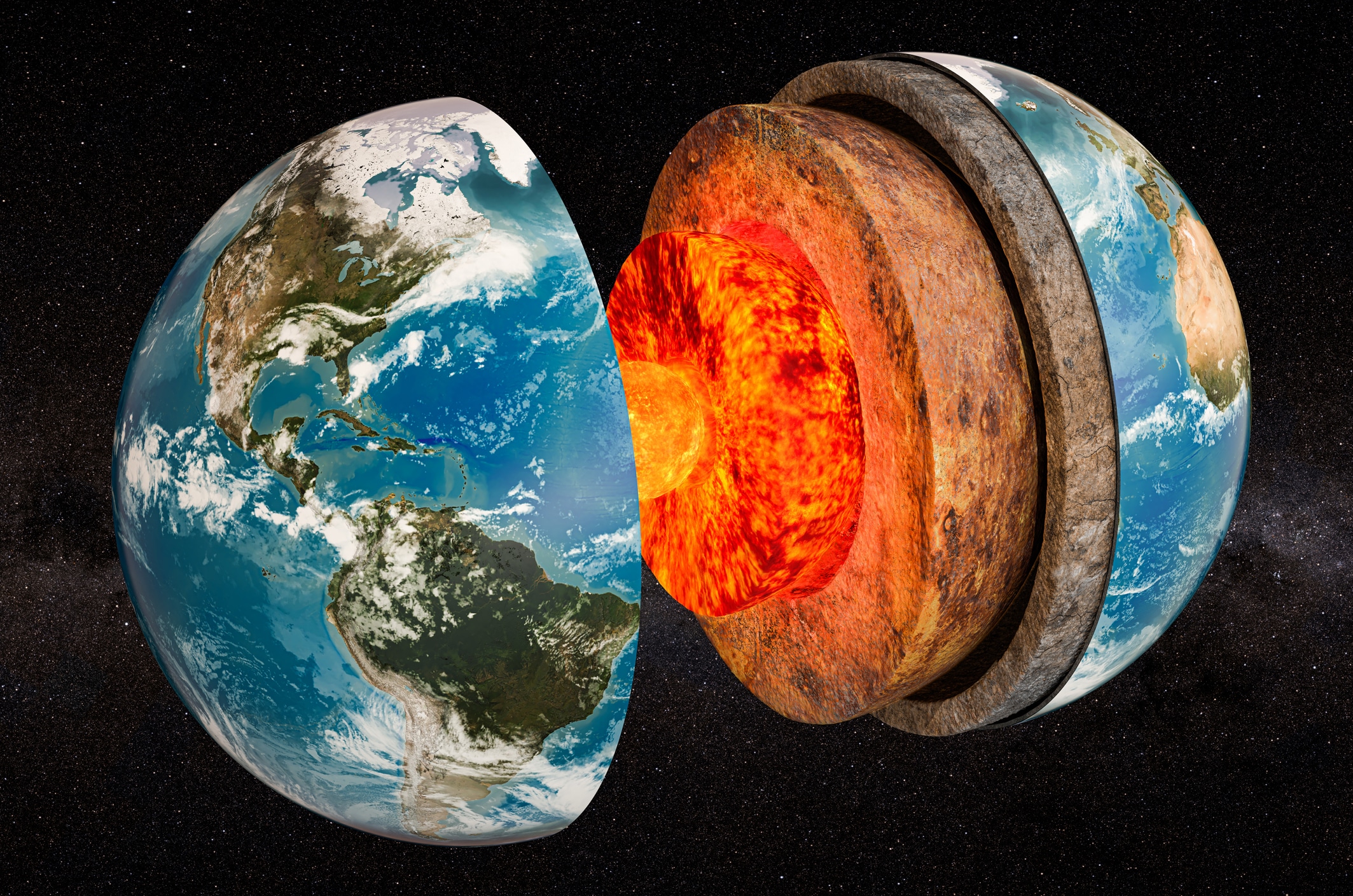TOPLINE
Earth’s lowest “gravity hole,” a mysterious depression in the Indian Ocean that experiences less gravity than the rest of the planet, is likely due to plumes of magma under the Earth’s crust, a recent study argues—a conclusion scientists reached using supercomputers to simulate the formation of the area over 140 million years.
KEY FACTS
There are low-density “gravity holes” all over the planet, but the Indian Ocean geoid low (IOGL) is the most profound—spanning 1.2 million square miles just off India’s southern coast and causing a 328-foot dip in sea level.
A study conducted in May 2023 by scientists at the Indian Institute of Science and GFZ German Research Centre for Geosciences suggested that mantle plumes, similar to masses in the Earth’s mantle that create volcanoes, could be the cause of the IOGL.
The researchers ran 19 simulations using supercomputers to recreate the seismic formation of the Earth dating back 140 million years, six of which led to the formation of the IOGL and all of which suggested magma plumes exist within the mantle.
These plumes were formed by the drifting and eventual collision of India’s subcontinent with Asia 40 million years ago, according to co-author of study, Attreyee Ghosh.
The research team estimated that geoid low was formed about 20 million years ago.
KEY BACKGROUND
Earth’s surface is a rough geoid rather than a perfect sphere, meaning that there are places all over the planet with lower or higher gravitational pulls. Magma plumes themselves do not cause lower gravity. In the case of the IOGL, the plumes caused a depression in the geoid, which causes a lower gravity. Areas with more gravity include the Philippines, while other gravity holes include areas under Cuba and the Bahamas. Unlike other gravitational anomalies, the IOGL has gone unexplained since its discovery in 1948. Smaller anomalies can usually be traced by thickening or thinning of the Earth’s crust, mantle, or both, but the IOGL has no indication of either. The study on the IOGL reinforces Ghosh’s research on mantle plumes in 2017, which first used models to establish that the density anomaly came from the movement of India’s plate. Research suggests that there are at least 18 magma plumes in the Earth’s mantle, with some of the most probable locations being under Tahiti, East Africa, and the Canary Islands.
Passport: Explore the finest destinations and experiences around the world in the Forbes Passport newsletter.Sign Up
By signing up, you accept and agree to our Terms of Service (including the class action waiver and arbitration provisions), and Privacy Statement.
CONTRA
Alessandro Forte, a University of Florida geology professor, told CNN that there were at least two problems with the study. Forte said that Ghosh’s team failed to account for a mantle plume that erupted 65 million years ago where the Indian subcontinent would have been at the time, and also that the study’s simulated geoid is different from Earth’s real surface shape.
WHAT TO WATCH FOR
Ghosh says that the geoid may disappear or move in the next few million years, according to CNN.
FURTHER READING
There is a ‘gravity hole’ in the Indian Ocean, and scientists now think they know why (CNN)
What is the geoid? (National Ocean Service)
